Education about Non-Alcoholic Steatohepatitis (NASH) and the Role of PPAR Agonists

NASH 2024: The New Nomenclature and Revised Definition
Dive into the transformative world of liver health with Prof. Vlad Ratziu’s enlightening insights on
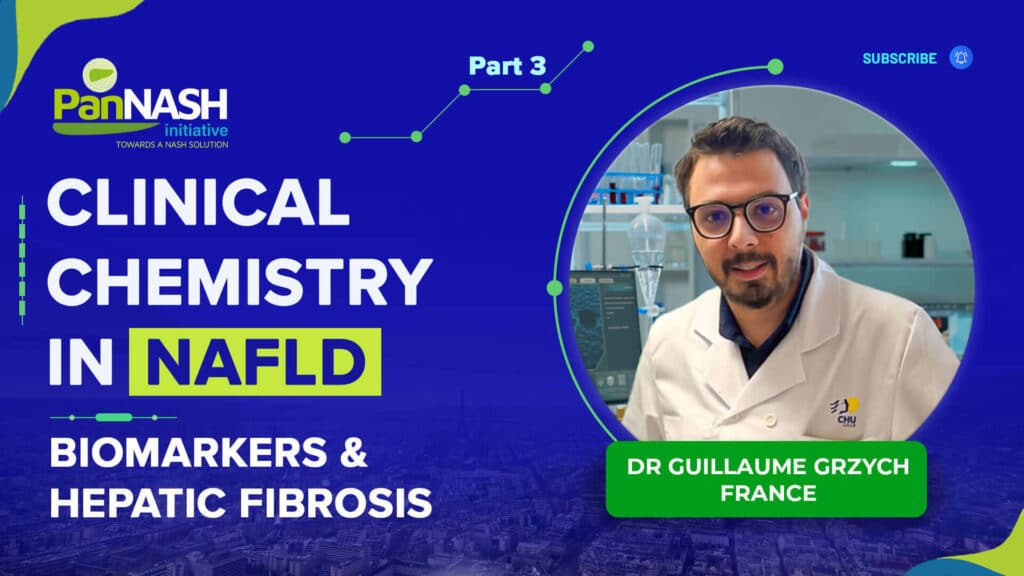
Clinical Chemistry In NAFLD Part 3 – Biomarkers and Hepatic Fibrosis
Discover the intricate dynamics of Clinical Chemistry in NAFLD with Dr. Guillaume Grzych, a leading
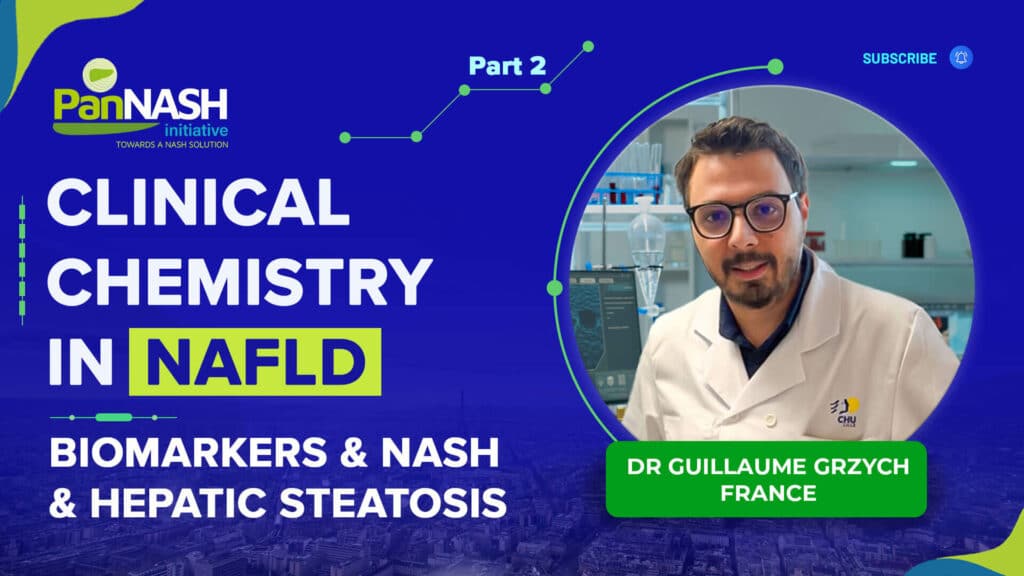
Clinical Chemistry in NAFLD Part 2 – Biomarkers, Hepatic Steatosis and NASH
Discover how key biomarkers like Fatty Liver Index and SteatoTest are transforming NAFLD diagnosis and
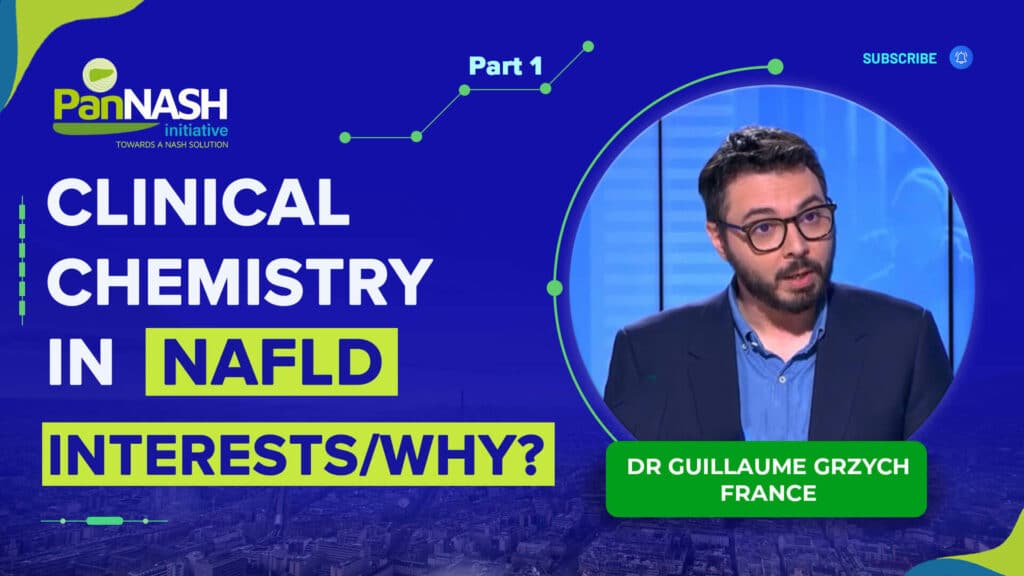
Clinical Chemistry in NAFLD Part 1 – Interest and Why?
Explore the complexities of NAFLD (Non-Alcoholic Fatty Liver Disease), now also known as MAFLD, and
Discover all about NASH, NAFLD PPAR agonists ⟶
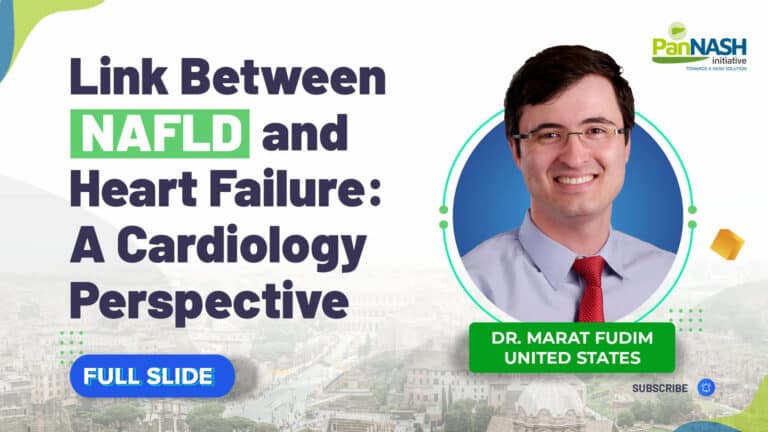
Link Between NAFLD and Heart Failure – A Cardiology Perspective Slide
Join Dr Marat Fudim in this webinar as he delves into the complex interplay between non-alcoholic fatty liver disease (NAFLD)
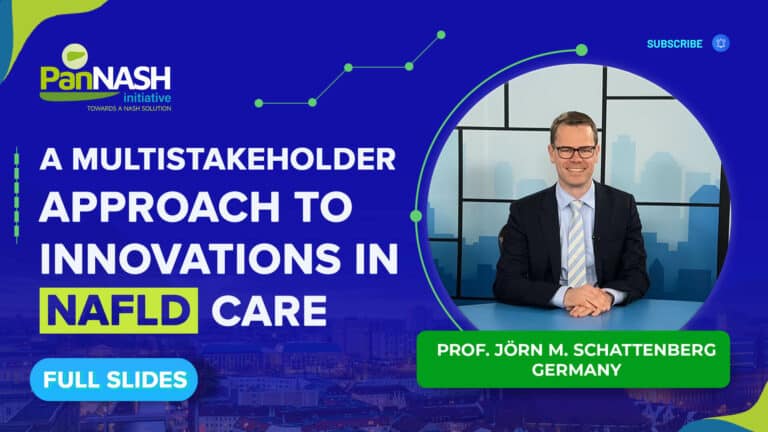
Multistakeholder Approach to Innovations in NAFLD Care Slides
Explore with the slides the significance of a multistakeholder approach in NAFLD care as it tackles the complexities of comorbidities,
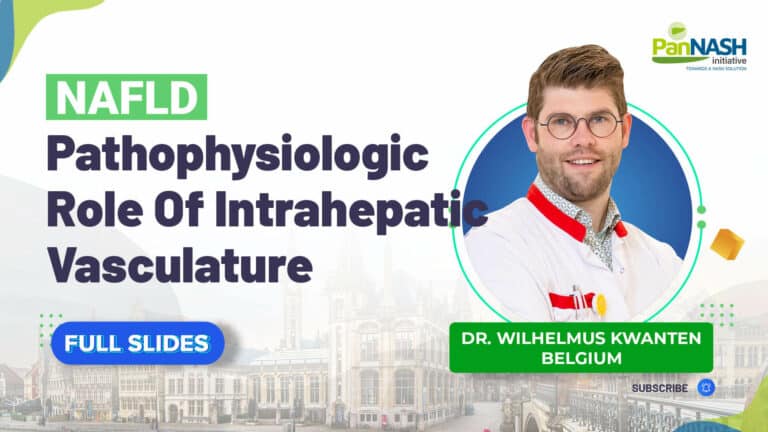
NAFLD Pathophysiologic Role of Intrahepatic Vasculature Slides
Dr. Kwanten (Belgium) discusses the role of pathophysiological role of intrahepatic vasculature in non-alcoholic fatty liver disease (NAFLD). He mentions
Hepatic inflammatory responses in liver fibrosis
Recent technological advancements have provided unprecedented insights into the inflammatory mechanisms underlying liver fibrosis, leading to the identification of promising novel targets for anti-inflammatory and antifibrotic therapies.
Screening, Diagnosis, and Staging of Non-Alcoholic Fatty Liver Disease (NAFLD): Application of Society Guidelines to Clinical Practice
Metabolic dysfunction-associated steatotic liver disease (MASLD), formerly known as non-alcoholic fatty liver disease (NAFLD) has emerged as a leading cause of chronic liver disease, affecting a staggering 30% of the global population.
Surveying Stigma: MAFLD’s Nomenclature from Patient and Provider Perspectives
Non-alcoholic fatty liver disease (NAFLD) is estimated to affect 38% of adults worldwide, a statistic which is expected to increase with the rise of type 2 diabetes and obesity.
Cardiovascular Disease in MASLD Patients: Mitigating Risks
The term metabolic dysfunction-associated steatotic liver disease (MASLD) has recently been proposed as an alternative to non-alcoholic fatty liver disease (NAFLD)’s exclusionary nomenclature.
New this week!

NASH 2024: The New Nomenclature and Revised Definition
Dive into the transformative world of liver health with Prof. Vlad Ratziu’s enlightening insights on the latest nomenclature and definitions for steatotic liver disease. Discover why the medical
EDITOR OF THE MONTH!
Vlad Ratziu, MD, PhD, is a Professor of Hepatology at Sorbonne University and Pitié-Salpêtrière Hospital in Paris, France. His main research interests are in the field of NAFLD; the mechanisms, risk factors, and progression of liver fibrosis in viral and metabolic diseases; and the treatment of viral hepatitis and hepatocellular carcinoma…

Latest Research toward the treatment of NASH disease
Knowledge is crucial for healthcare professionals to manage and diagnose patients with NASH and NAFLD. Over the years, we have been increasingly communicating the results achieved by research, showcasing the latest on therapy to diagnosis and management.

LATEST SCIENTIFIC ADVANCES IN NASH, NAFLD & PPAR AGONISTS
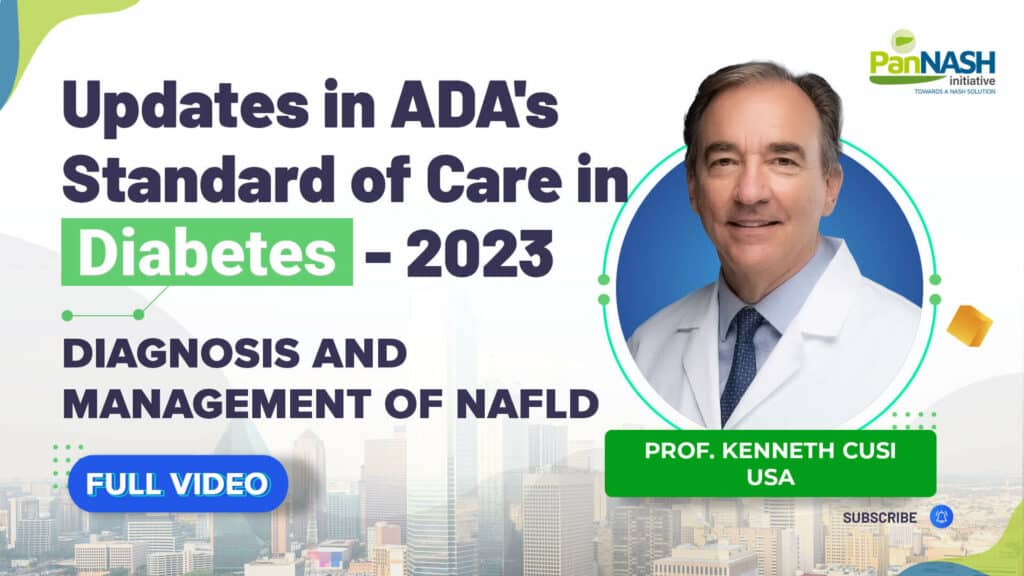
Updates in ADA’s 2023 Standard of Care in Diabetes
Explore ADA’s 2023 updates on diabetes care, focusing on non-alcoholic fatty liver disease (NAFLD) and

Key Messages from 2 Recent Studies on NAFLD Severity in People with Type 2 Diabetes
Unveiling the high prevalence of NAFLD and advanced fibrosis in type 2 diabetes patients –
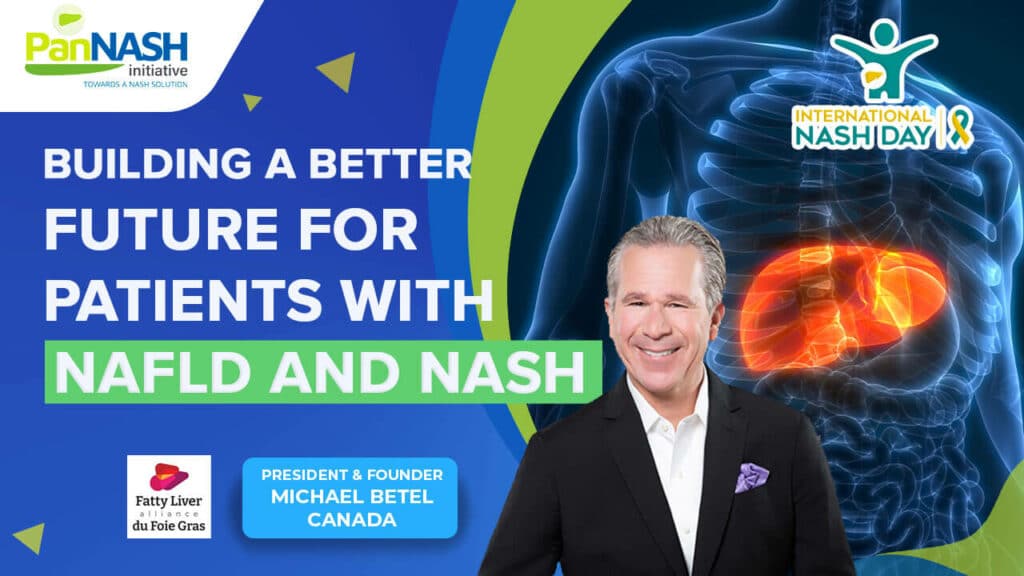
Building a Better Future For Patients with NAFLD and NASH
On International NASH Day 2023, join Michael Betel of the Fatty Liver Alliance as he
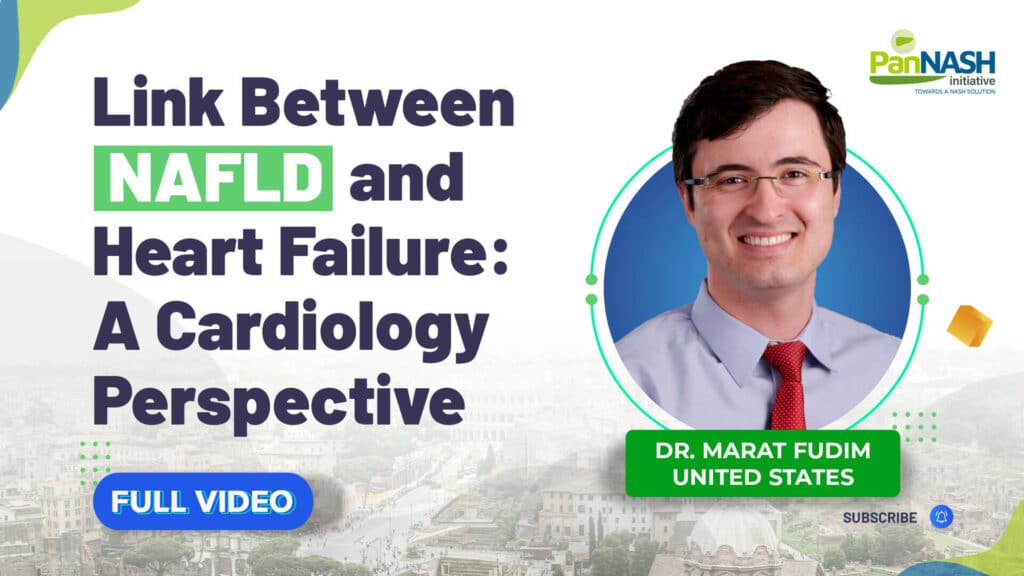
Link Between NAFLD and Heart Failure – A Cardiology Perspective
Join Dr Marat Fudim in this webinar as he delves into the complex interplay between
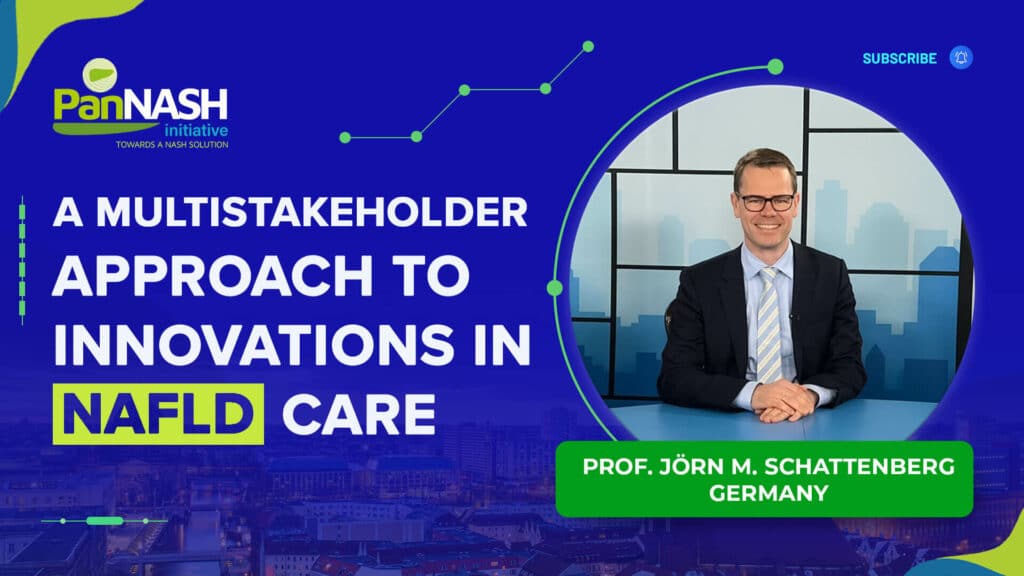
Multistakeholder Approach to Innovations in NAFLD Care
Discover the importance of a multistakeholder approach in NAFLD care, addressing the challenges of comorbidities,

The Odyssey for an Optimal NASH Biomarker: Challenges and Opportunities in 2023
Explore the challenges and opportunities in the quest for a non-invasive diagnosis tool of non-alcoholic
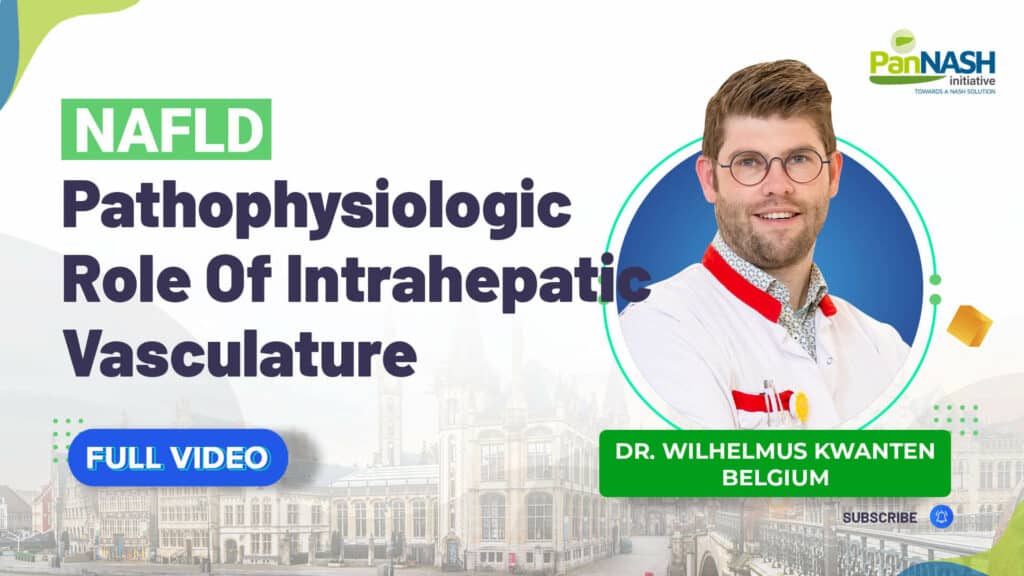
NAFLD Pathophysiologic Role of Intrahepatic Vasculature
Dr. Kwanten (Belgium) discusses the pathophysiological role of intrahepatic vasculature in non-alcoholic fatty liver disease
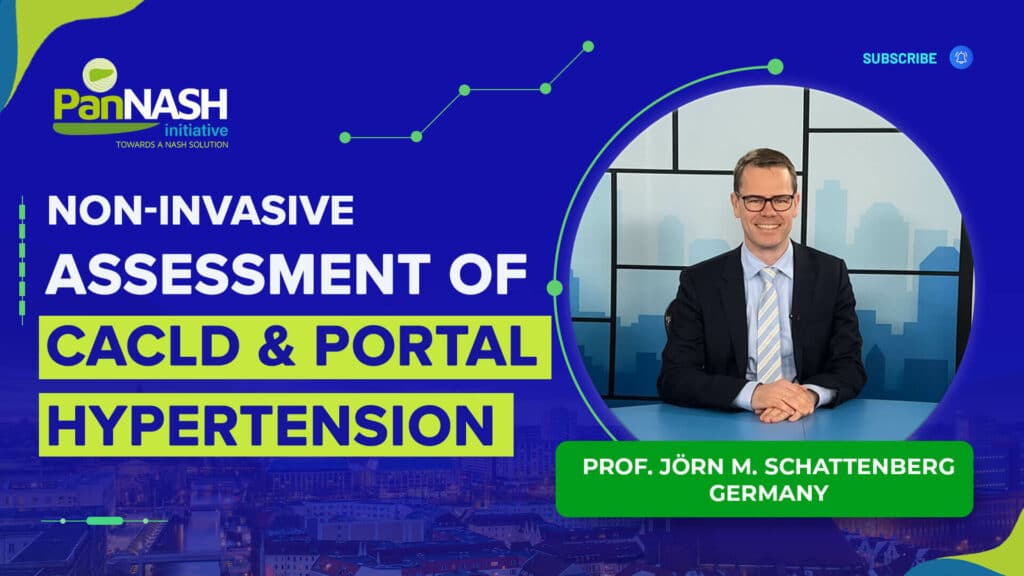
Non-Invasive Assessment of cACLD and Portal Hypertension
Dr. Jörn Schattenberg (Germany) analyses the latest on the assessment in cirrhosis along with his

Fibrosis vs. steatohepatitis in NASH: key prognostic and regulatory implications
Fibrosis is an independent predictor of liver-related mortality but rarely if ever occurs without NASH

Burden of Liver-Related Comorbidities in Cardiovascular Disease
In this video Prof. Sven Francque explores that NAFLD is prevalent in patients with cardiovascular
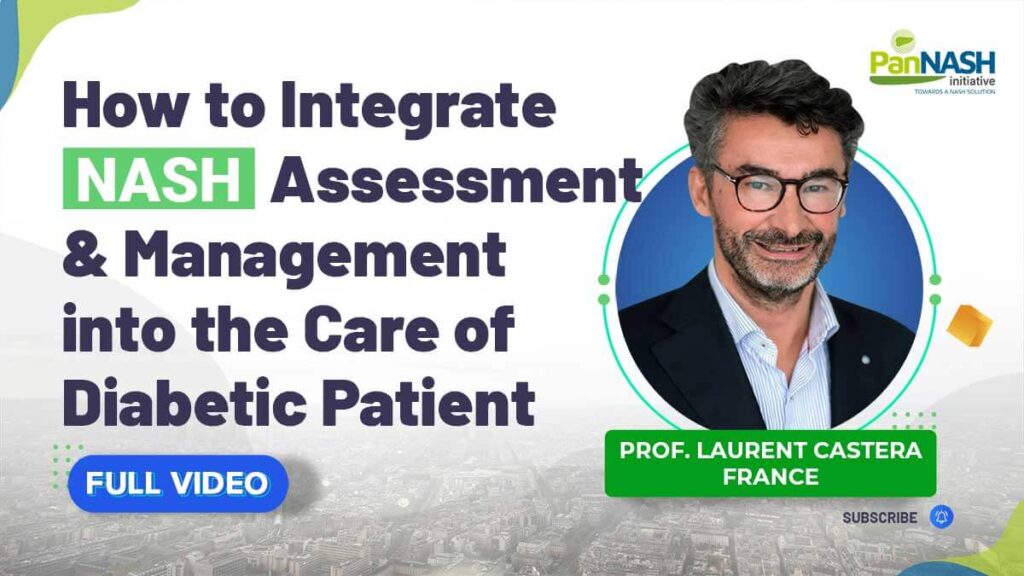
How to Integrate NASH Assessment and Management Into the Care of Diabetic Patient
Dr. Laurent Castera (France) discusses how healthcare professionals can integrate non-alcoholic steatohepatitis (NASH) assessment and
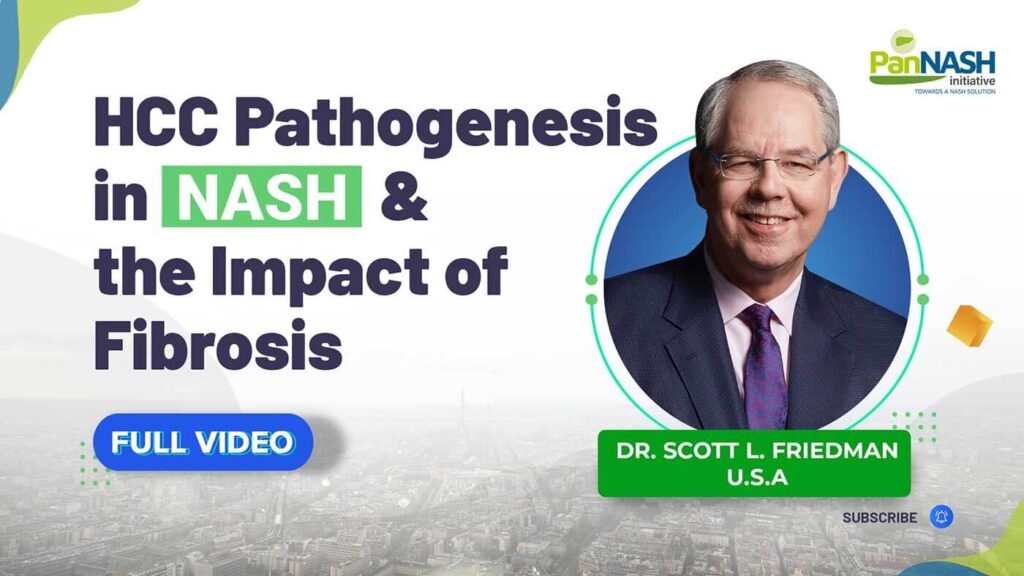
HCC Pathogenesis in NASH and the Impact of Fibrosis
Dr. Scott Friedman talks about HCC pathogenesis in NASH and the impact of fibrosis. This
Webinar & Replay
Hepatic inflammatory responses in liver fibrosis
Cardiovascular Disease in MASLD Patients: Mitigating Risks
Exploring the Promise of Pan-PPAR Agonism
Advancing Fibrosis Imaging: An Evaluation of Radiotracer Efficacy
Geographical burden of NAFLD: a review
Global research on fatty liver disease: a review
Managing Hepatocellular Carcinoma in NAFLD: a review
CATEGORIES
SUBSCRIBE TO OUR MONTHLY NEWSLETTER TO GET THE LATEST UPDATES
 Latest articles from PubMed
Latest articles from PubMed
- Application of intelligent tongue image analysis in Conjunction with microbiomes in the diagnosis of MAFLD April 15, 2024
- The role of STAT3/VAV3 in glucolipid metabolism during the development of HFD-induced MAFLD April 15, 2024
- Hepatic Klf10-Fh1 axis promotes exercise-mediated amelioration of NASH in mice April 14, 2024
- The Reduced Gut <em>Lachnospira</em> Species Is Linked to Liver Enzyme Elevation and Insulin Resistance in Pediatric Fatty Liver Disease April 13, 2024
- Innovative Molecular Targets and Therapeutic Approaches in Nonalcoholic Fatty Liver Disease/Nonalcoholic Steatohepatitis (NAFLD/NASH) 3.0 April 13, 2024
- Ticagrelor, but Not Clopidogrel, Attenuates Hepatic Steatosis in a Model of Metabolic Dysfunction-Associated Steatotic Liver Disease April 13, 2024
- <em>Lactiplantibacillus plantarum</em> ZDY2013 Inhibits the Development of Non-Alcoholic Fatty Liver Disease by Regulating the Intestinal Microbiota and Modulating the PI3K/Akt Pathway April 13, 2024
- Emerging roles of RNA-binding proteins in fatty liver disease April 13, 2024
The PanNASH Initiative aims to increase awareness and disseminate knowledge related to NASH as a multisystem disease with a focus on PPAR agonists among the scientific and clinical community, patients and other key stakeholders within the healthcare system, thus improving the lives of millions of patients worldwide.



